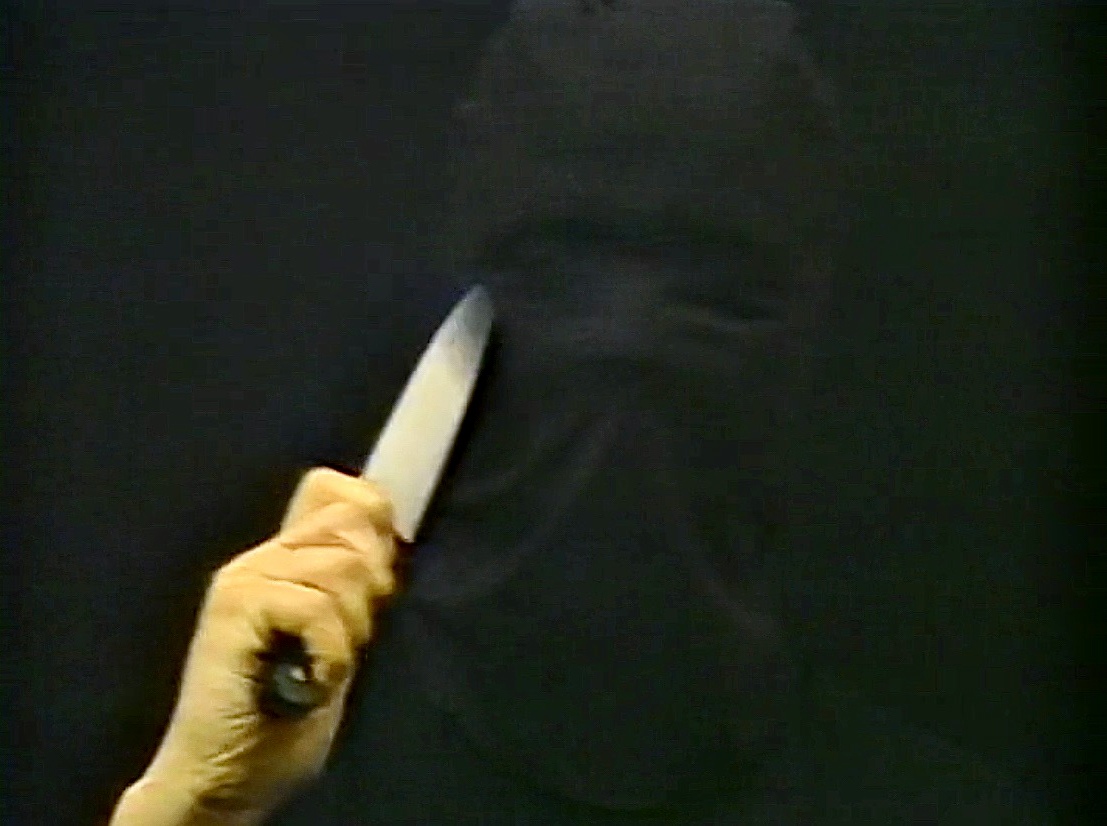Mona Hatoum
Mona Hatoum is a Palestinian artist born in Beirut, Lebanon, in 1952, who has been living and working in Britain since 1975. Her poetic and political oeuvre is realized in a diverse and often unconventional range of media, including installations, sculpture, video, photography, and works on paper. Hatoum started her career making visceral video and performance work in the 1980s that focused with great intensity on the body. Since the beginning of the 1990s, her work moved increasingly towards large-scale installations that aim to engage the viewer in conflicting emotions of desire and revulsion, fear and fascination. In her singular sculptures, Hatoum has transformed familiar, everyday, domestic objects such as chairs, cots, and kitchen utensils into things foreign, threatening, and dangerous. Works such as Corps étranger (1994) or Deep Throat (1996) are installations that use endoscopic journeys through the interior landscape of the artist’s own body; smaller sculptures such as Traffic (2004) and Twins (2006) use found materials to create poetic, beguiling works on an intimate scale.
Hatoum has participated in numerous important group exhibitions including the Turner Prize (1995), Venice Biennale (1995 and 2005), Documenta XI (2002), Istanbul Biennial (1995 and 2011), and the Fifth Moscow Biennale of Contemporary Art (2013). Her solo exhibitions include those at Centre Pompidou, Museum of Contemporary Art Chicago, The New Museum of Contemporary Art, Castello di Rivoli, Tate Britain, Hamburger Kunsthalle, Kunstmuseum Bonn, and Museum of Contemporary Art Sydney. Her films have screened around the world. As the winner of the 2011 Joan Miró Prize, she was the subject of a solo exhibition at Fundació Joan Miró in Barcelona in 2012. “Mona Hatoum: Turbulence” (2014) was the largest survey of the artist’s work shown in the Arab world, and was held at Mathaf: Arab Museum of Modern Art in Doha, Qatar. Hatoum currently lives and works between London, England, and Berlin, Germany.


Eyes Skinned, Mona Hatoum, Palestine/England, digital, 4 min, 1988
In the 1980s Hatoum created a series of six videos at the Western Front in Vancouver that (as noted by critic Kristen Hutchinson) greatly informed the themes of her later artistic practice—including fragmentation of skin, issues of violence, visceral qualities of video and viewer interaction, intimacy and distance, and transforming the boundaries of the body.
One of these works, Eyes Skinned, shows a blackhooded face interspersed with slide projections of torture and brutality, scratching at her eyes with a sharp knife as we hear snips of news accounts of the eradication of the Palestinian people. A woman fighting on several fronts. She has to destroy the veil of mystery, silence, subjection— “skinning” her eyes to return the gaze. She has to transform the mask of anonymity and prejudice into an image of a living, fighting person.

Measures of Distance, Mona Hatoum, Palestine/England, digital, 15.5 min, 1988
Measures of Distance is concerned with the artist’s separation from her Palestinian family and in particular her relationship with her mother, whose letters from Beirut are read aloud as the soundtrack to the tape. The personal and political are inextricably bound up in a narrative that explores identity and sexuality against a backdrop of traumatic social rupture, exile, and displacement.
These films are co-presented with Vtape and Three Fold, Detroit.
Image credits: all artworks and stills courtesy of VTape and the artist © Mona Hatoum.
View next: Narcisa Hirsch, as part of Media City Film Festival 27th Edition: Spotlight Series